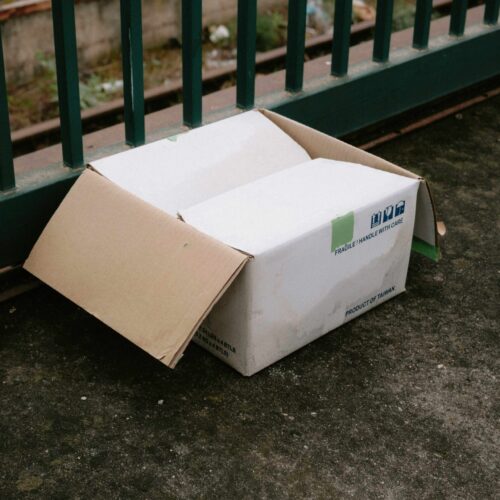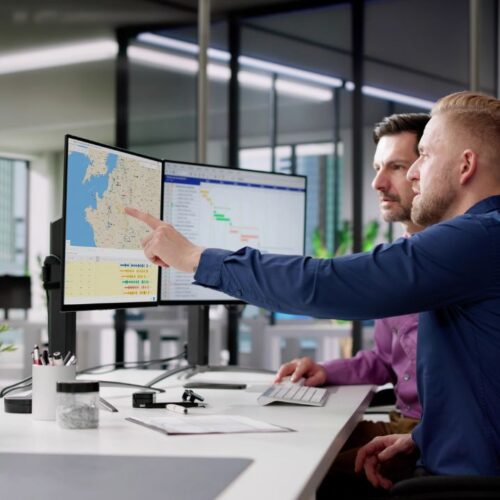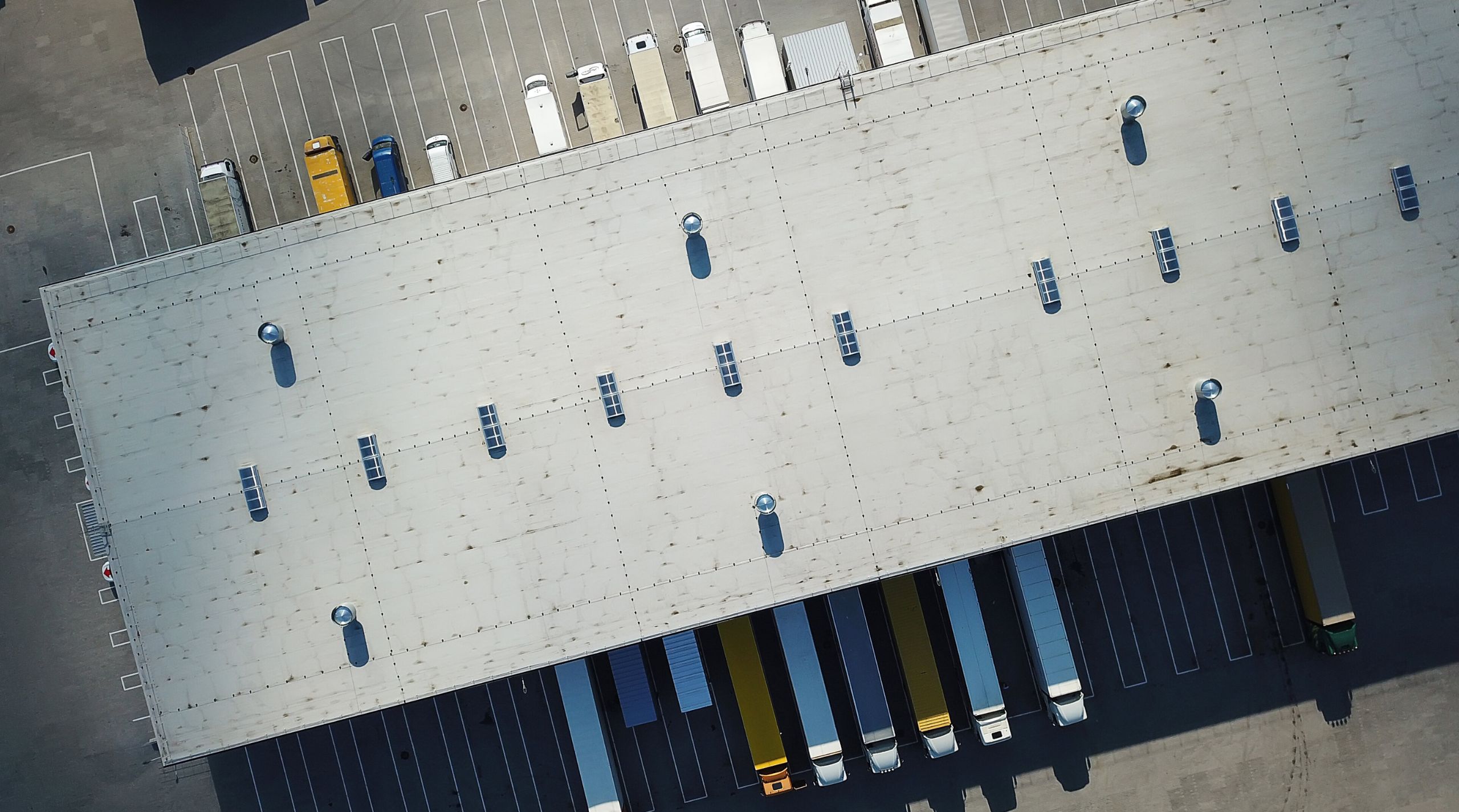There’s a whole suite of technologies available today to help with route planning and optimization. However, they can seem expensive and complicated to use. You also need to make sure they can integrate into your other transport management systems and that your team can quickly adapt without too much disruption.
So, how important is route planning really? Is the investment in these types of tools worth it? We think so, because the benefits of using this type of technology far outweigh the potential costs. Here are five to get you started:
1. Save costs
The main reason to invest in route planning is to save costs over the long term. Last mile operations account for roughly 30-50% of a company’s total delivery costs. Using specialist tools that incorporate optimization to design your routes means you can reduce the number of miles driven and potentially even the number of trucks required to make all the deliveries. That means less fuel is needed, fewer drivers and the wear on each of your vehicles will be reduced, saving maintenance costs over time. For electric vehicle fleets, good route planning will also enable you to extend the battery life of your vehicles.
This is especially the case for retailers who deliver directly to consumers, as they have more complex delivery routes due to the number of different stops that need to be factored in. This is a difficult challenge to solve, as with every additional stop added, the potential route options grow exponentially. Without planning the routes ahead of time, or even trying to do so manually, will result in very inefficient routes that will eat up time and resources, resulting in extra costs.
2. Reduce time-to-delivery
As more online retailers are offering same- or next-day delivery, this becomes the expectation from customers. For large companies this could result in thousands of orders that need to be fulfilled within just a few days.
The best way to be able to meet your delivery promises is to plan routes efficiently, optimizing them for speed. This comes with an added benefit. Better routes not only lead to quicker deliveries, but it also means more shipments can be covered within the same route. In this case, you won’t just save money, but you can increase revenue by increasing your capacity.
3. Offer a better customer experience
Offering a better customer service goes beyond getting people’s orders to them quickly. Good route planning can help you tick off other aspects of the customer experience that people look for. For example, offering a choice of time slots. There’s nothing more frustrating than having to wait in all day for a parcel without any indication of when it’ll arrive, so offering more precise time windows removes this pain point. Trying to manually plan hundreds or thousands of deliveries within these time windows is virtually impossible, especially to plan efficient routes. That’s where route optimization technology comes in, as it can factor in these hard constraints when designing each delivery round.
Another area that scores you extra points with customers is if you can show a reduced environmental impact on deliveries. By planning routes to be more efficient from a speed perspective, you’re also likely to reduce the amount of CO2 emitted for each delivery. More direct routes mean fewer miles driven and less fuel burnt over time.

4. Manage returns more easily
A unique challenge for retailers in particular, is having to deal with unwanted or damaged items. All customers want to be able to return items as easily as they received them, but this can be expensive for sellers. One way of reducing costs for reverse logistics is to incorporate pick-ups within the delivery routes. This reduces the number of routes to plan, the number or vehicles and drivers you need, and it also means there are no empty miles. The truck will always be carrying items.
As you can imagine, doing this requires careful planning as it adds an extra level of complexity: it’s not simply about adding an extra stop on the route, you need to ensure you have sufficient space in the truck to pack the items. The most efficient way to plan these types of routes is to use specialist optimization technology that can consider the different types of stops and design the optimal route around them.
5. Increase flexibility to meet demand volatility
One of the biggest challenges retailers and wholesalers face is being able to meet demand amid volatility. This industry, more than any other, must deal with seasonal volatility as well as demand spikes for particular items at unpredictable times. Uncertainty around what type of products will be needed when, coupled with the supply chain disruptions we’ve seen in recent years, makes it hard to make definitive decisions around orders.
To tackle this, maximum flexibility is needed, so route planning that factors in potential disruptions is essential. For mid- to long-term route planning, using tools that incorporate advanced AI algorithms which can analyse historical data around deliveries to predict future demand and design routes based on this. They also enable you to make changes to routes quickly to tackle short-term disruptions or sudden peaks or drops in demand. Without any kind of planning, logistics managers would be constantly running to keep up.

It’s not about planning any routes, but the right route.
Route planning has always been an integral part of logistics as, without it, there’s no guarantee that customers will receive their orders at all, let alone on time. What’s changed in recent years, however, is the need to optimise route planning. By investing in technology that can design the most efficient routes possible to meet your customers’ needs and your business objectives, you’ll see a whole host of additional benefits beyond the ones we’ve listed above.
